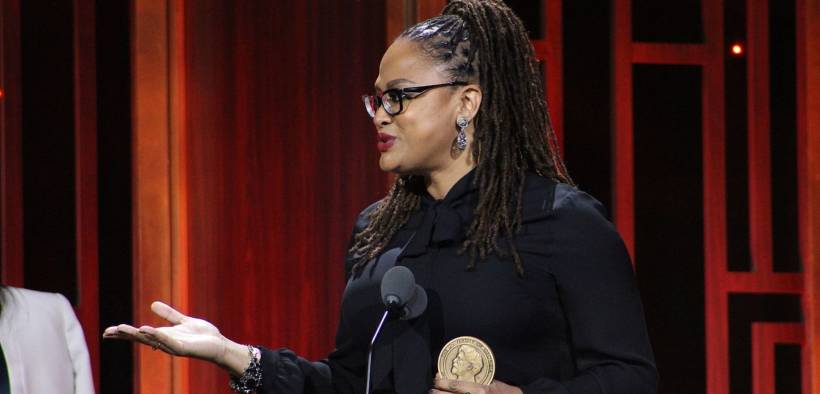Record Number of Female Directors Behind Top-Grossing Films in 2019

“2020 will be an extraordinary year for female directors. That’s important, because we’re seeing women being given opportunities to direct action movies and not just smaller, independent films… Progress will come when females are given the opportunity to carry movies behind the camera across genres and budget ranges.”
The cultural debate about representation and equality in the U.S. has been prevalent in Hollywood in recent years and progress has been made — but how much and how quickly?
According to a study released Thursday by University of Southern California’s Annenberg Inclusion Initiative, a record number of women directed and produced some of the highest-grossing films of 2019.
10.6 percent of the directors behind 2019’s top box-office films were women, which is a 13-year high. Compared to the previous year, the percentage for 2018 was 4.5. Clearly, the long-running gender gap for filmmakers working in Hollywood is still prominent, but progress is visible.
Dr. Stacy L. Smith, one of the authors of the study, attributed the new numbers to a new shift in hiring practices for female film directors.
“One notable reason for this jump in 2019 was that Universal Pictures had 5 films with women directors at the helm in the top 100 movies,” she said. Those films included Queen & Slim (Melina Matsoukas), Little (Tina Gordon), and Abominable (Jill Culton).
In terms of capital, two films that were co-directed by women cracked the year’s top 5 titles at the box office: Frozen II and Captain Marvel. Jennifer Lee and Chris Buck helmed the former, while Anna Boden and Ryan Fleck helmed the latter.
In terms of representation at actual studios, STX Entertainment had the second highest percentage of female-directed films released by a studio, after Universal. Sony and Disney tied for third at 17 percent each, with Warner Bros. in fourth at 16 percent. Lionsgate and Fox had two of the lowest percentages with 6 percent each, and Paramount was the worst at zero percent.
Smith emphasized that there is still a long way to go for equal opportunities for women in Hollywood, as the numbers clearly show.
For instance, women of color are still grossly underrepresented: less than 1 percent of all directors across 13 years of the study were women of color. In 2019, the percentage of that group dipped to 16.8 percent — down from 21.4 percent in 2018 — and matching the same low in 2013.
Additionally, controversy was sparked when the Golden Globe nominations were recently announced and revealed no women were nominated for the best directing category. In fact, the study also surveys recognition of women across various award shows and found only 5.1 percent of best director awards nominations were given to women across all major film awards: Golden Globes, Oscars, DGA Awards, and Critics’ Choice Awards.
Why is Hollywood still such a boys’ club? To the casual observer, the film industry — like many — was started in the past when mostly men worked, therefore a certain culture and protocol was instilled. Like all commercial enterprises, the film industry follows a formula that works best — and movies that were made by men and invariably featured male characters became the financial wellspring to draw from. Progress is certainly needed to broaden representation, but it will be slow because drastic changes would potentially alienate consumers who are accustomed to the previous formula.
Hollywood has tried to resolve these issues by inviting more diverse members to join their voting academy for awards shows, remaking films with female-driven casts, or casting more people of color in new films or reboots. This has all been met with varying degrees of success. Like everything, business or not, it’s a learning curve to strike into new territory.
Despite these challenges, Dr. Smith is hopeful about the future:
“2020 will be an extraordinary year for female directors,” said Smith. “That’s important, because we’re seeing women being given opportunities to direct action movies and not just smaller, independent films. … Progress will come when females are given the opportunity to carry movies behind the camera across genres and budget ranges.”















